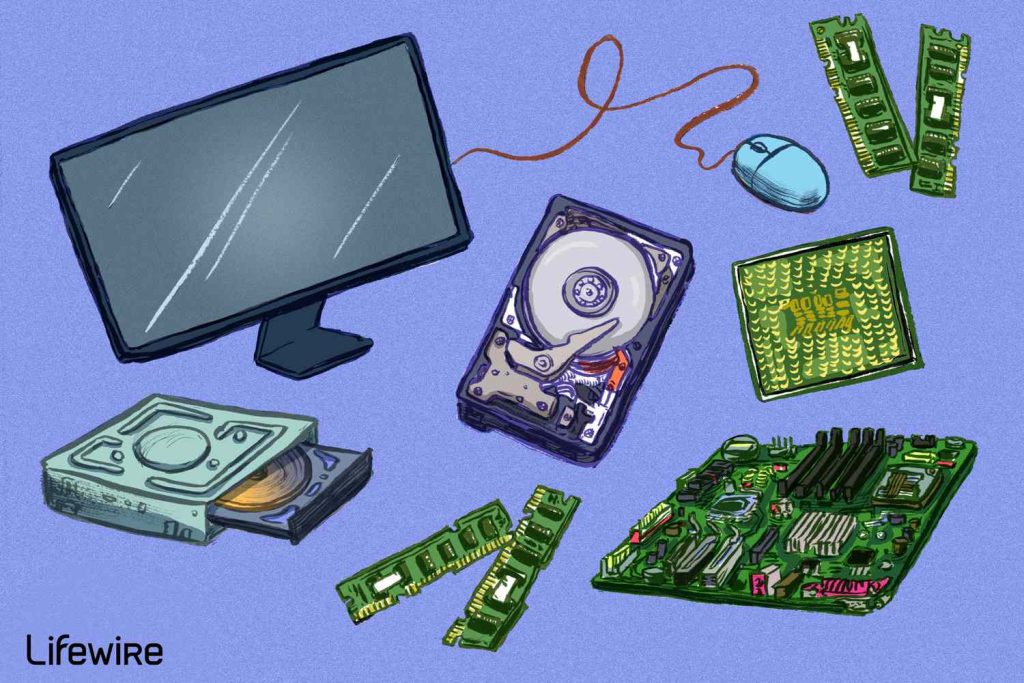Hardware Versatility: Adapting to the Demands of Modern Computing
Hardware Versatility: Adapting to the Demands of Modern Computing
Electronics encompasses the tangible aspects of computing techniques, helping as the foundation for electronic technology and innovation. From the modest abacus to the cutting-edge quantum computers of nowadays, equipment has undergone an extraordinary development, driven by breakthroughs in components technology, executive, and research theory. At its key, hardware comprises a diverse variety of components, including processors, memory adventures, storage products, input/output peripherals, and networking equipment, each playing an essential role in the functionality and performance of research systems.
The quick speed of scientific development has generated the growth of increasingly powerful and efficient hardware solutions. Moore’s Legislation, which predicts that how many transistors on incorporated tracks will double approximately every two years, has offered as a guiding theory for hardware progress, driving creativity and fueling exponential growth in computational capabilities. As a result, contemporary hardware units can handle doing complicated calculations and executing sophisticated formulas with unprecedented speed and efficiency.
One of the very substantial traits in electronics progress may be the transfer towards parallel processing architectures. Conventional sequential handling practices are being augmented or changed by parallel processing methods, which allow numerous responsibilities to be executed concurrently, resulting in significant improvements in efficiency and scalability. Similar processing is particularly well-suited for responsibilities such as medical simulations, data evaluation, and synthetic intelligence, where large datasets and complex computations are common.
Yet another key part of hardware invention may be the progress of particular accelerators and co-processors made to offload certain computational jobs from the CPU. Graphics running devices (GPUs), like, are widely useful for accelerating design portrayal and similar control tasks, while field-programmable entrance arrays (FPGAs) offer flexibility and programmability for a wide selection of applications. More recently, there has been a rising interest in neuromorphic research, which attempts to imitate the design and function of the individual mind applying hardware-based neural networks.
Along with advancements in running energy and efficiency, equipment development in addition has focused on improving power performance and sustainability. As considerations about climate change and environmental affect grow, there is raising force on equipment manufacturers to create products that consume less power and create less emissions. This has generated inventions such as for example low-power processors, energy-efficient knowledge centers, and eco-friendly manufacturing operations, all directed at reducing the environmental footprint of processing technology.
Security is another critical consideration in hardware design, particularly in mild of the growing threats posed by internet episodes and data breaches. Hardware-based protection functions, such as for example protected boot mechanisms, electronics encryption, and trusted program segments (TPMs), support defend painful and sensitive data and ensure the strength of computing systems. Also, developments in hardware-based certification and biometric technologies offer new ways to increase protection and privacy in electronic systems.
As electronics continues to evolve and improve, it is operating invention across a wide selection of industries and applications. From autonomous cars and sazeplus.com smart devices to healthcare devices and industrial robots, hardware technologies are reshaping the way we stay, work, and talk with the world about us. With continuous research and progress efforts pressing the limits of what’s possible, the ongoing future of electronics holds remarkable assurance for extended progress and advancement in the electronic age.


